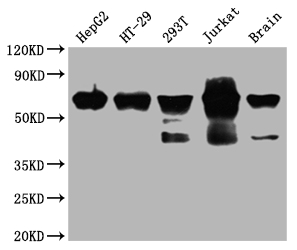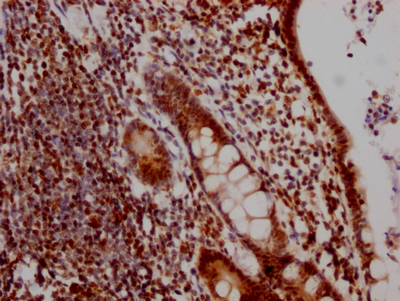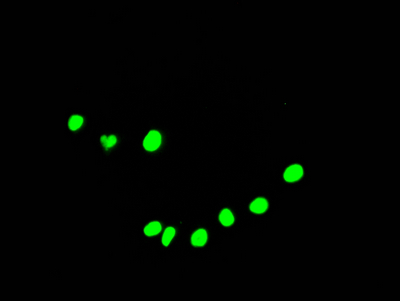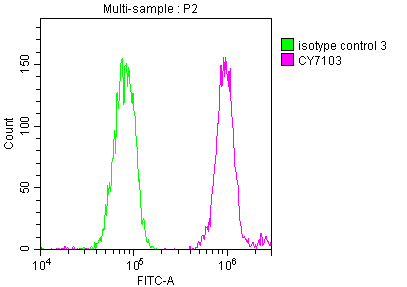DDX5 is an ATP-dependent RNA helicase involved in splicing, mRNA export, transcript stability, rRNA biosynthesis, and microRNA processing, among other RNA-related events. DDX5 has been connected to the regulation of numerous cancer-related pathways and has been found to be abnormally expressed in many cancers. DDX5 is closely linked to carcinogenesis, invasiveness, and metastasis, as well as cancer proliferation in several cancers. Dysfunction of DDX5 is ultimately associated with tumor formation and progression.
CUSABIO designed the vector clones for the expression of a recombinant DDX5 antibody in mammalian cells. The vector clones were obtained by inserting the DDX5 antibody heavy and light chains into the plasma vectors. The recombinant DDX5 antibody was purified from the culture medium through Affinity-chromatography. It can be used to detect DDX5 protein from Human, Mouse in the ELISA, WB, IHC, IF, FC.









